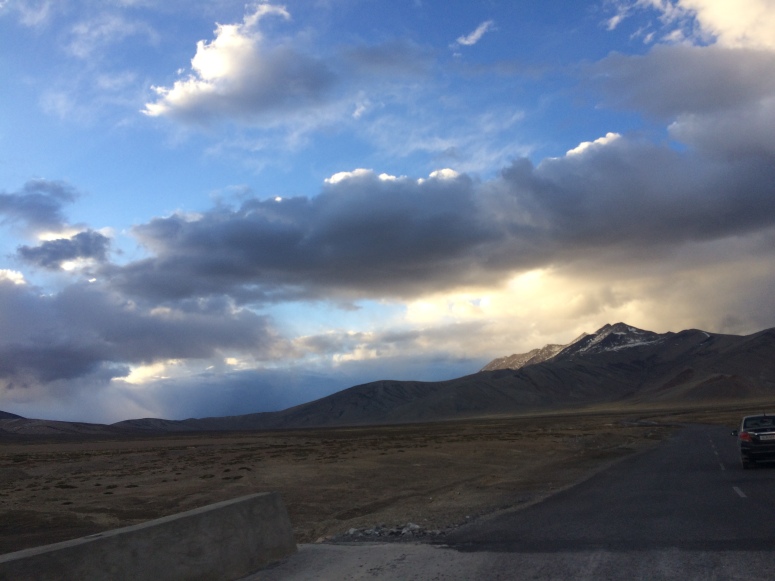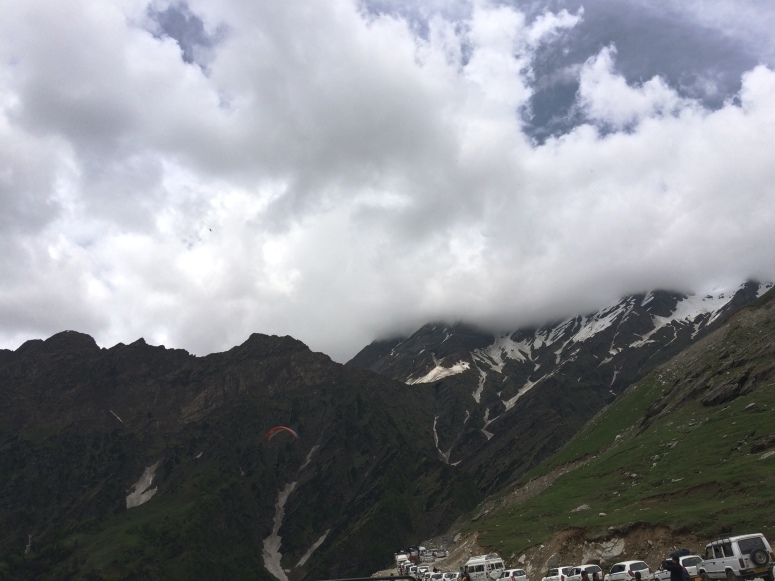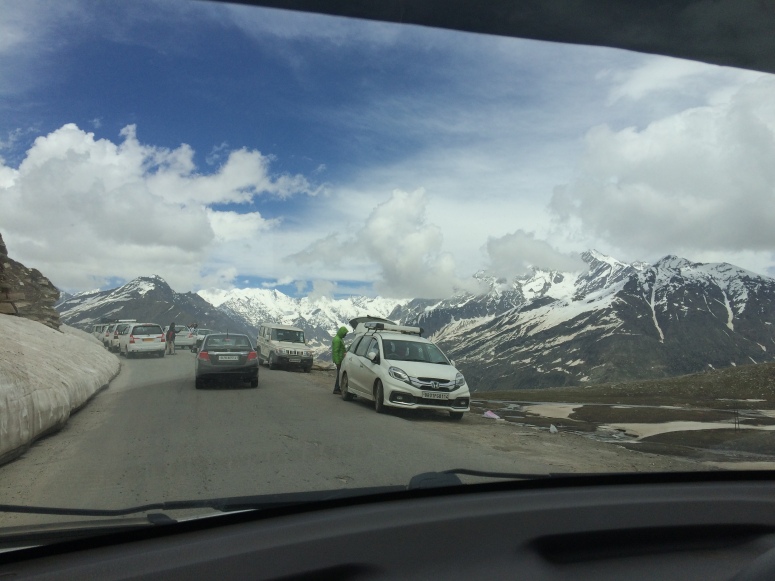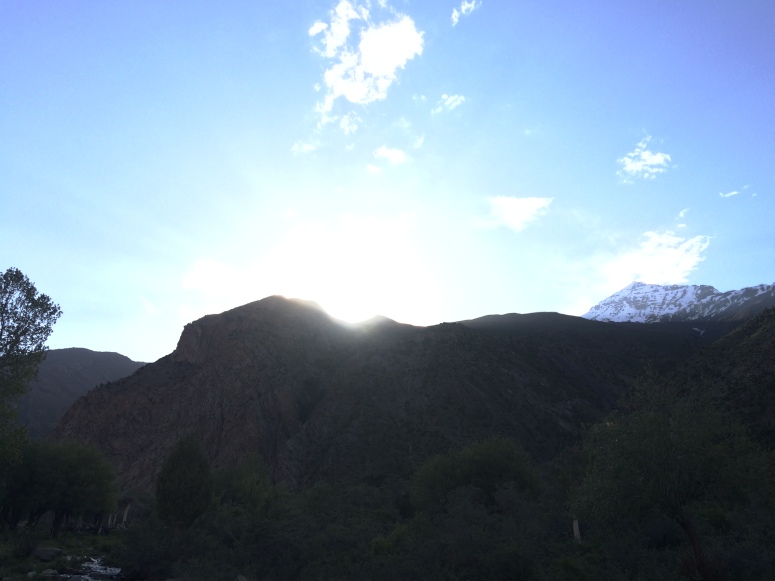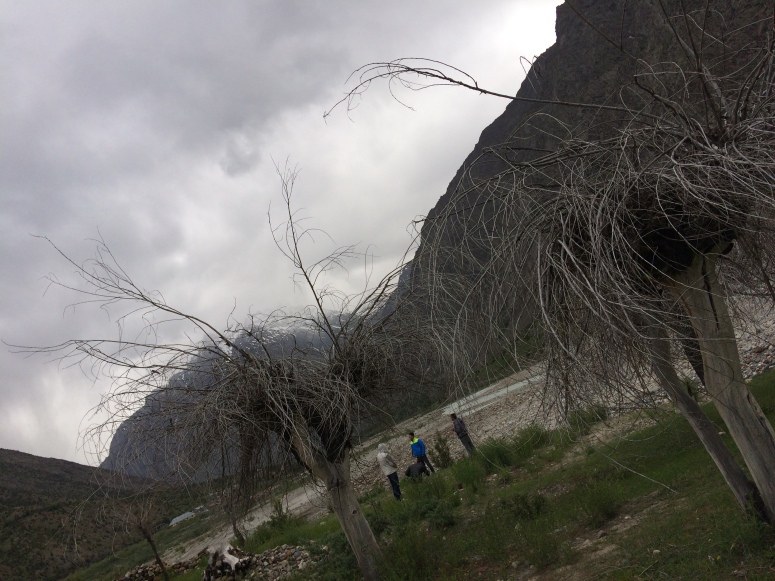A Barren Beauty That Bedazzles The Brain!
‘Jullay’! This Ladakhi greeting is your gateway into the hearts and hearths of the friendly Ladakhi people, and will serve you well while travelling this desolate, cold desert full of natural wonder and earthly delights.

as Yoda from Star Wars would put it
There are so many sights to see that the Ladakh region, along with its most populated city, Leh, exceeds any amount of time you stay there for. From one of the highest motor-able roads in the world, culminating at Khardung La (‘la’ means mountain pass) to the ultimate beauty that is on display at the Pangong Tso (‘tso’ means lake), Ladakh is a rainbow of sights and sounds – just try standing quiet for a moment next to any of the streams along the mountain roads, and listen to the wind and water roar!
If driving to Ladakh under your own steam, make sure you obtain your vehicle passes and Inner Line Permits from the government administrative offices in Leh for visiting Pangong and/or Nubra valley, since they are towards the Line of Actual Control towards China and Pakistan, respectively.
Extraordinary Travel Experiences
- CANNOT MISS: In Leh city:
- Leh Palace is the most important landmark, with a treasure trove of history and special significance for Buddhists. More than five hundred years old, this royal residence rises through narrow, steep wooden staircases in a maze-like setting to nine floors! From the top, a marvelous panoramic view of the snow-capped peaks in the distance and the entire valley of Leh is visible, although in recent years the level of construction activity following the cloud burst in 2010 has expanded to the upper reaches of the mountainside on which this Palace stands. Far off in the distance, the Stok Kangri rears its mighty head, which you can see if luck shines on you in the form of sunlit and cloudless skies!
- Tsemo Castle or Namgyal Tsemo Monastery is the highest point of Leh, and is barely five minutes uphill from the Leh Palace. Must visit for its truly immense golden Maitreyi Buddha statue
- Shanti Stupa (Peace Dome) built in 1991 atop a part of the relics of the Buddha through Kushok Bakula (an Indian lama after whom the airport is named) as well as the Japanese’s efforts to promote world peace
- War Museum is a showcase of the bravery and solidarity of the Indian Armed Forces, reached by driving or walking a short distance down the Leh highway
- Datun Sahib, a tree so named due to an auspicious visit by the founder of Sikhism, Guru Nanak, located right in the main market
- Spituk Monastery, near the Leh airport which is also named after the monastery’s founder
- EXCURSIONS:
- Pangong Tso is unique in that it is shared by India and China! Get a visitor’s pass before you head this way through Chang La, the actual pass – where the highest seed vault in the world is maintained in collaboration with DRDO! Pangong is spectacularly beautiful in the mornings and evenings, so there are multiple tent-hotels along the shore if you want to catch both the sunrise and the sunset colors as they change the surface of the lake into a fireworks display!
- Monasteries – Thiksey and Shey, fall along the route to Pangong, while Stok is in the opposite direction, an equally short drive away from Leh city. Alchi is a one thousand year old (thus very historical) architectural site, located sixty kilometers from Leh towards the west.
- Khardung La claims to be the highest mountain road in the world, and it is not far off the mark, at a mind-numbing, bone-chilling 17,500 feet! En route Siachen Glacier (not accessible to civilians), this road leads to Nubra Valley and its major towns, Diskit and Hunder, where you must go to see the double-humped Bactrian camels! Grab as many Leh berry juice boxes as you can, for a shot of nutrients straight from the source! Head on to Turtuk, the last village in India proper, for chilling – literally – amidst apricot groves and pristine cold sand dunes!
Out-of-the-Ordinary Tourism Options
Trekking is not for everyone, and especially in high altitude regions like Leh – Ladakh. For the adventurous (and in tip top shape) people, Chadar trek in the Zanskar valley and bicycle trips along the Leh-Srinagar and Leh-Manali highways have become popular in the past few years. There is also a Ladakh Marathon, for those so inclined (no pun intended)!
Take some time to acclimatize to the scarce air, so that you can enjoy the local cultural dishes and culinary preparations. The Buddhist, Tibetan and Muslim convergence throws up an array of souvenirs and keepsakes that are unique to Ladakh.
Visiting The Vicinity
Best Months To Visit: Peak summers, May to September
Height Above Mean Sea Level: ~11,000 feet, 3,500 meters
Cities: Leh, Lamayuru, Diskit, Kargil
Airport: Leh
Read more about our experiences here!
(1 of 4)

















